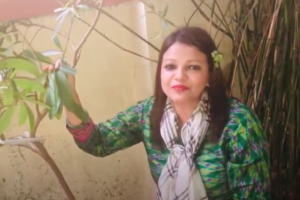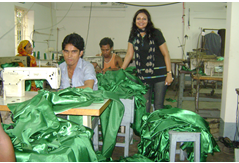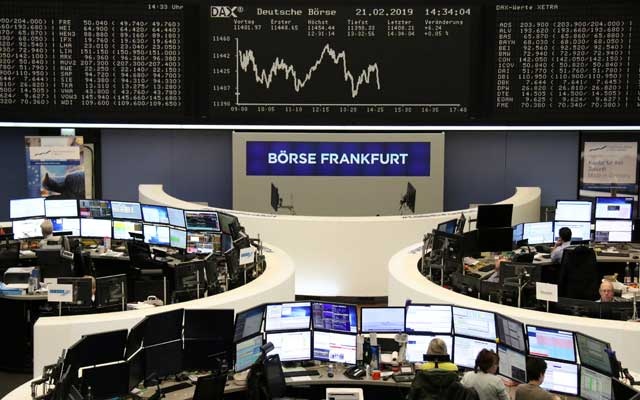Sowing and reaping: It’s at the core of human society. In ancient times, agriculture helped make the first great civilisations possible. Now, with the help of modern machinery and fertilizers, farm yields are so high that we produce more than enough food to feed everyone on the planet.
Yet, hunger remains stubborn. Malnutrition is growing in some parts of the world. And, the planet’s land and water resources are so poorly used, according to a new United Nations report, that, as climate change puts ever-greater pressure on agriculture, the ability of humanity to feed itself is in peril.
We are reaping what we sow in another sense.
The report, published in summary form Thursday by the Intergovernmental Panel on Climate Change, magnifies a dual challenge: how to nourish a growing global population, but do so in a way that minimises agriculture’s carbon footprint.
Answering that challenge requires a huge overhaul of how we use land and water for food production, experts say. And it also requires a hard look at who gets to eat what.
“What we eat influences what we grow or raise, which in turn influences how we use our land,” said Alexander Popp, head of the land use management group at the Potsdam Institute in Germany and one of the co-authors of the report. “You don’t want to harm more than you solve.”
The food production system accounts for somewhere between a quarter and a third of global greenhouse gas emissions, depending on the accounting method. But if agriculture is done right, experts say, it can be less of a climate change problem and more of a climate change solution.
The way forward, they point out, requires reducing planet-warming emissions, removing carbon from the atmosphere by storing it in trees or soil, and changing diets, especially among the world’s wealthy.
Better land management
Small farmers and pastoralists, particularly in the tropics, are among those who feel the impact of climate change most acutely. With rainfall more erratic in the era of climate change, those who rely on the rains are the most vulnerable.
The Food and Agriculture Organisation said this week that hunger in much of sub-Saharan Africa is rising, with rates of malnutrition at nearly 20%. A hotter planet is already lowering crop yields in some parts of the world. Elsewhere, farmland is turning into desert or being eaten by a rising, salty sea.
However, research suggests that it is entirely possible to grow food that’s better for us and grow it in ways that are better for the land. Better land management techniques include limiting the use of fertilizers that contribute to emissions and planting crops that add carbon to the soil.
Scientists often refer to these as “natural climate solutions,” and they point out that sequestering carbon in the soil not only helps slow down climate change, it can also make the soil hardier to deal with extreme weather events and ultimately increase crop yields.
“Farming must work with nature, not against it,” Teresa Anderson, climate policy coordinator for the international humanitarian agency Action Aid, said in a statement. “The IPCC’s land report puts a big question mark on the future of industrial agriculture.”
Better forest management
The World Resources Institute says that when it comes to land use, better forest management has the “largest potential for reducing emissions.”
The world’s forests are under intense threat, though, especially in the tropics. They are cleared for things we consume, including soy, palm oil and beef cattle. Nowhere is that more stark than in the world’s largest rainforest, the Amazon. Its destruction has increased drastically since Brazil’s far-right president, Jair Bolsonaro, took power with a promise to further open the forest to commercial exploitation.
Eat more plants
Compared with plant based foods, meat and dairy have a bigger emissions footprint — accounting for 14.5% of all greenhouse gases. Beef and lamb have the greatest impact by a wide margin: 50 grams of beef protein generate more than 37 pounds, or 17 kilograms, of carbon dioxide. The same quantity of farmed fish produces about 7 pounds of carbon dioxide. Compared with plant proteins, like lentils, animal protein in general takes a lot more land, energy and water to produce a pound of protein.
That’s not to say the world should impose a moratorium on meat and dairy production. Livestock can be raised on lands that are too arid to grow crops, they can be fed differently so they produce lower methane emissions and they produce manure that can fertilise soil.
Perhaps most importantly, animal protein is vital nourishment for a hungry child and raising animals has been part of the culture and livelihood for millions of people around the world.
But if the heaviest meat eaters in places like the United States and Australia cut back on meat, especially red meat, it would make a big difference.
It is entirely possible to eat well without depriving ourselves. There are tips we can borrow from many traditional cuisines. And there are older, more traditional foods that are making a comeback: In India, for instance, upscale grocery stores are awash in a great variety of millets, which are far more nutritious than the government-subsidised rice and wheat that have become staples of the Indian diet.Waste not
Currently more than a quarter of the food produced rots in the fields, gets thrown away because it’s misshapen or bruised, or spoils in overstuffed refrigerators. Taken together, the amount of food that is wasted and unused accounts for close to one-tenth of global emissions.
Curbing food waste is arguably the single most effective thing that can be done at an individual or household level to slow down climate change.
© 2019 New York Times News Service






















